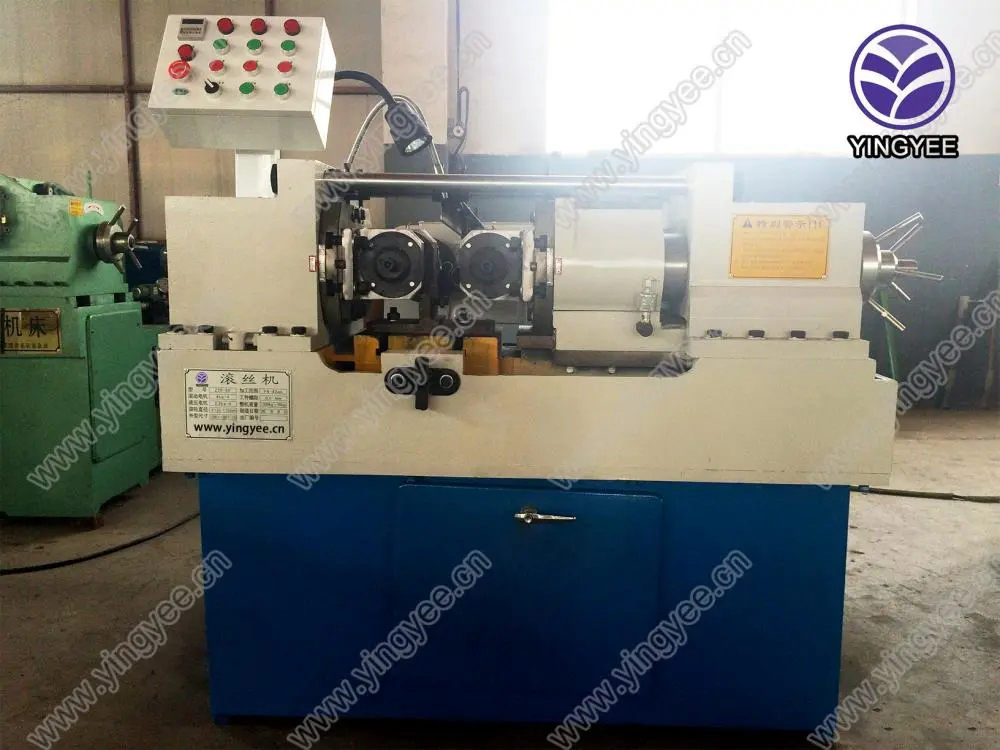
Understanding Cold Bending Prices in the Steel Industry
In the steel manufacturing and construction sectors, the method of cold bending has become increasingly popular due to its efficiency and versatility. Cold bending involves the process of deforming metal at or below its room temperature, allowing for the creation of complex shapes without the need for extensive heating. While this process offers numerous advantages, such as superior structural integrity and reduced material waste, understanding the price factors associated with cold bending is crucial for businesses and consumers alike.
The price of cold bending can vary significantly based on several factors, including material type, thickness, production volume, and the complexity of the design. Steel is the most common material used in cold bending, with various grades and alloys available in the market. The choice of material plays a pivotal role in determining the overall cost. For instance, high-strength steel typically commands a higher price due to its enhanced performance characteristics. Similarly, thicker materials require more energy and time to bend, which can increase labor and production costs.
Another significant factor impacting cold bending prices is the production volume. Bulk orders often lead to economies of scale, resulting in lower per-unit costs. Conversely, smaller batches can incur higher costs due to setup times and minimum order requirements. Therefore, companies looking to undertake cold bending projects should carefully consider their production needs and how they align with potential pricing structures.
Complex designs can also affect the cost of cold bending. The more intricate the design, the more specialized equipment and skilled labor are required, driving up the overall price. It is vital for companies to communicate their design specifications clearly and work closely with manufacturers to obtain accurate quotes that reflect these complexities.

Additionally, geographic location can influence cold bending prices. Regions with higher costs of living or stricter regulations regarding labor and environmental standards may see increased prices for cold bending services. Companies must factor in these regional differences when budgeting for projects, as they can significantly affect overall expenses.
Moreover, market demand plays a crucial role in shaping cold bending prices. In times of high demand, such as during construction booms, prices can increase due to the competition for materials and fabrication services. Conversely, during economic downturns, prices may decrease as suppliers look to attract business. Staying informed about market trends can help businesses anticipate price fluctuations and make more strategic budgeting decisions.
Lastly, the choice of the service provider can impact cold bending prices. Different manufacturers may have varying levels of expertise, technology, and efficiency, which can lead to differences in pricing. It is essential to research and evaluate prospective service providers not only based on cost but also on their reputation, quality of work, and lead times.
In conclusion, understanding the factors that influence cold bending prices is essential for anyone involved in the steel fabrication or construction industries. By considering materials, production volume, design complexity, geographic location, market demand, and service provider selection, businesses can better navigate the costs associated with cold bending. Ultimately, informed decision-making in these areas will lead to more efficient project management and potentially significant cost savings. As the demand for cold bending continues to rise, staying ahead of these factors will be imperative for companies aiming to capitalize on this innovative manufacturing technique.